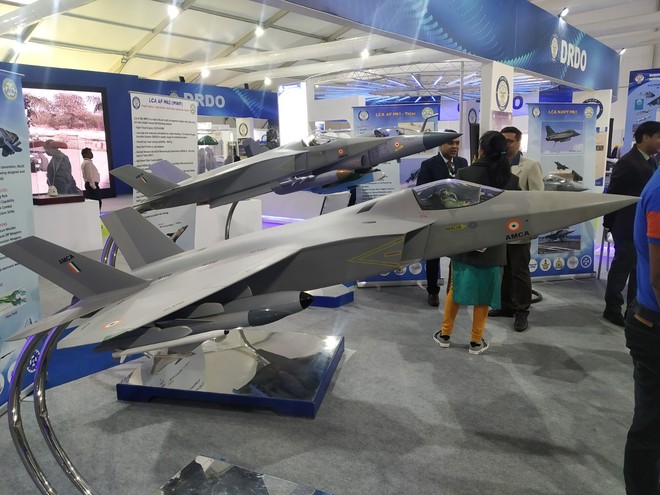SOURCE: RAUNAK KUNDE / NEWS BEAT / IDRW.ORG

French multinational aerospace manufacturer Safran and India’s Gas Turbine Research Establishment (GTRE) will soon be working out formalities for the joint venture that aims to create an advanced engine that will power India’s highly anticipated 5th generation Advanced Medium Combat Aircraft (AMCA) fighter jet.
People familiar with the matter have revealed that India is poised to make a significant commitment, pledging to procure 400 engines with a thrust class of 110kN. These engines are expected to enter production in India in the mid-2030s, ensuring economies of scale are achieved, and the cost of each unit remains proportionate to approximately 30% of the AMCA aircraft’s overall value. This thoughtful approach not only empowers India to become self-reliant in engine production but also strengthens its position as a formidable player in the global aerospace industry.
The estimated cost of each engine is projected to be around $13-14 million per unit. However, as production scales up under the collaboration between Hindustan Aeronautics Limited (HAL) and GTRE, the prices are anticipated to further decline to approximately $12 million per unit. The cost-effectiveness of the engine is vital as India prepares for the production of the AMCA MkII aircraft, which is scheduled to commence in the mid-2030s.
The engine’s significance extends beyond powering the AMCA, as it is also likely to find its application in India’s deck-based Twin Engine Deck-Based Fighter (TEDBF) jets. These TEDBF fighter jets are set to enter production in the early 2030s, offering India enhanced capabilities for naval operations.
Under this groundbreaking collaboration, both India and France will jointly hold the intellectual property rights (IPR) for the engine, However, India will retain full control over export permissions, safeguarding its interests and ensuring strategic autonomy.
The Transfer of Technology (ToT) aspect of the agreement is equally crucial, with India set to gain approximately 80% in the initial phase itself. This strategic approach reinforces India’s objective of acquiring cutting-edge technology and expertise to drive indigenous innovation and self-reliance in defence manufacturing.
NOTE : Article cannot be reproduced without written permission of idrw.org in any form even for YouTube Videos to avoid Copy right strikes